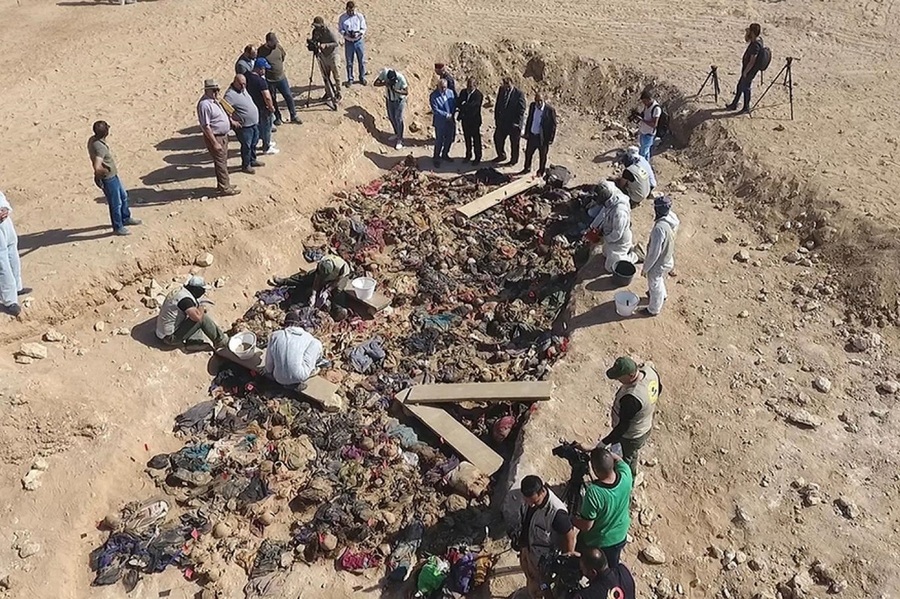Anfal
"Anfal" is the name of the eighth surah of the Qur'an and means looting and making lawful the spoils you gain during the war.
The Ba'ath regime led by Saddam Hussein, the fifth Iraqi president, named his attacks on Kurdistan “Anfal” in order to legitimize the arrest, killing, and looting of Kurdish property, and unfortunately, some Kurds also helped the regime during the Anfal process.
The Ba'ath regime transferred most of its prisoners, including women, children, and the elderlies, to the deserts of southern Iraq. In the deserts of Musanna province (Samawa district) in southern Iraq, there is the Nogra Salman Castle, where hundreds of women, children, and the elderly died of thirst, hunger, and torture; some of their bodies were fed to the dogs of the desert.
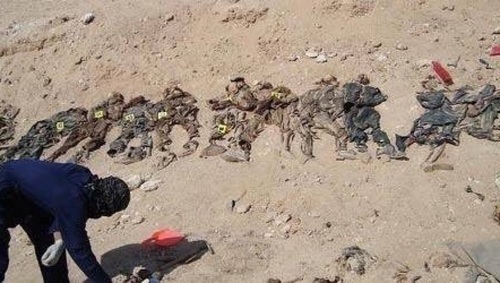
Massacre of the Barzanis
From the morning of July 31, 1983, to August 10, 1983, the Ba'ath regime ruling in Iraq conducted an operation against the Barzanis in the camps of Qushtapa, Bahrka, Harir, Batas, and Diyana. The operation was launched in three stages:
First stage: On the morning of July 31, 1983, the armed forces of the Iraqi regime transferred the Barzanis living in the Qushtapa camp to both the Quds and Qadsiya camps around Erbil province.
Second stage: On August 10, 1983, the Ba'ath regime's armed forces attacked the Harir, Diyana, and Bahrka camps and arrested hundreds of people.
Third stage: On October 1, 1983, the Ba'ath regime's armed forces again began searching the camps in order to arrest anyone who had escaped.
In total, 8000 Barzanis were arrested and transferred to Baghdad and then to Diwaniya province as a result of these ruthless attacks. After being sentenced to death by Ba'athist judge Awad Bandar, they were all transferred to the deserts of Shatra, Shanafiyah, and Badiyah in Musana province (center is Samawa) where they were shot; 315 of them were teenagers.
After the fall of the Ba'ath regime in Iraq in 2003, the Kurdistan Regional Government (KRG) tried to find the mass graves of the Anfal victims and return the bodies of the victims to Kurdistan.
In 2004, the bodies of 503 Anfal victims were found in a desert in southern Iraq's Musanna province.
In 2014, the bodies of 93 other Barzanis were found in the same desert.
In 2021, the bodies of 100 Anfal victims were found in the Ar-Ar desert in Musanna province.
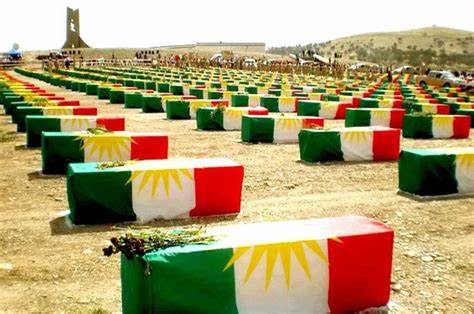
Anfal 1988
The 1988 Anfal was carried out in eight stages:
The eight stages lasted for 198 days from February 23, 1988, to September 6, 1988.
Anfal began by order of Iraqi President Saddam Hussein, who was also the chairman of the revolutionary leadership council and commander-in-chief of the armed forces.
First Stage of Anfal:
It began at midnight on February 23, 1988, and ended on March 19, 1988.
The first stage was towards the Jafayati Valley and the Patriotic Union of Kurdistan (PUK) bases in the villages of Sargalu and Bngalu, from Chwarta to Mawat and from there to Suleimani, Surdash, Dukan, and Bngird (which included 150 villages), and thousands of people were arrested.
The first stage of Anfal was led by the following commanders of the Ba'ath regime:
- Lieutenant Rukn Sultan Hashim Ahmad Mohammed Altaei, Deputy Commander of Corps 1.
(At the 33rd hearing of the Anfal suspects on December 21, 2006, he said, “If I had been ordered to use chemical weapons, I would have used them).
- Ali Hassan Majid Tikriti, head of the northern office of the Ba'ath Party, on December 21, 2006, in the trial of the Anfal suspects said, “I have no regrets about what I did during the Anfal operation, and if we go back to that situation, I am ready to do the same again.”
The first stage of the Anfal operation had begun in eight areas. Although Nawshirwan Mustafa writes on page 150 of his book "Orbiting in Circle" that they had more than 600 martyrs and wounded, along with a large number of civilians in the region, the PUK in its official statement on March 19, 1988, stated that our losses were 60 Peshmergas, but the enemy's losses were 8000 fighters, 400 of whom were high-ranking officers.
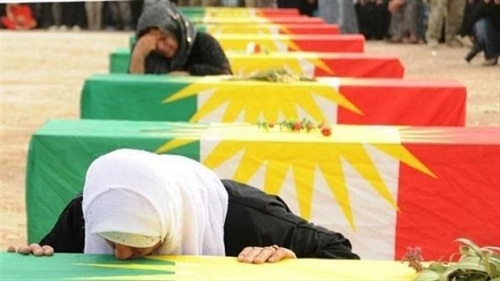
Second Stage of Anfal:
In this operation, 27 military units and the Republican Guard participated, which began on February 23, 1988, from seven spots against the districts of Qaradag, Sangaw, Bazian, Darbandikhan, Zarayan, Nasr, and Arbat.
On March 23, 1988, at the request of Pilot Ghazi Ahmad Khalil, some villages were bombarded, resulting in 78 killed and two hundred wounded (some sources say 69 were killed). In addition, thousands of people were imprisoned and transported to the deserts of southern Iraq.
The operation ended on April 2, 1988.
Third Stage of Anfal
It started on April 7, 1988, and ended on April 20, 1988.
The target of the third stage of the Anfal operation was the Garmian region and the cities of Kirkuk Province (Kirkuk, Leylan, Qadir Karam, Darbandikhan, Qara Hassan, Kefri, Kalar, Sangaw, Duzkhurmatu, Jabara, Chamchamal, Qarahanjir, etc.). More than 1000 villages and four areas in Sangaw, Qadir Karam, Qaradag, and Leylan were destroyed.
The operation began at nine points.
April 14, 1988, was a black day on which the most brutal massacre was committed. Therefore, the Kurdistan Regional Government has declared this day as Anfal Day.
About 50000 people were arrested during that period.
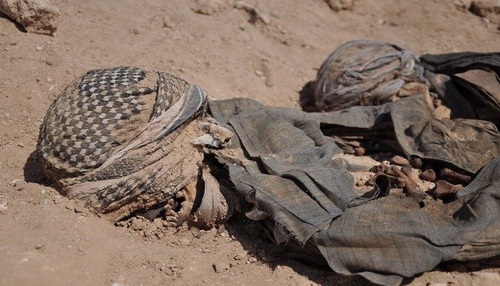
Fourth Stage of Anfal
On the evening of May 3, 1988, the chemical attack on the villages of Goptapa and Askar began in 20 points.
The operation included the villages of Kirkuk, Aghjaler, Prde, Taqtaq, Takya, Khelakan, Chamchamal, Dukan, Degala, Redar, Surdash, Shwan, and Koya.
In the operation, 28550 men, women, and children were captured and massacred.
The Anfal period ended on May 8, 1988.

Stages 5, 6, 7 of Anfal:
These three stages of Anfal began on May 15, 1988, and ended on August 26, 1988.
The following areas were affected by Anfal:
"Prde, part of Erbil, Masif, Shaqlawa, Hiran, Dola Nazanin, Harir, Khalifan, Khoshnawati Valley, Rwanduz, Malakan Valley, Soran, Warte Valley, Khanaqa Valley, Khate, Choman, Degala, Smaquli Valley, Koya, Koya Plain, Hizop, Chwarqurna, Ranya, Qaladze, and Qandil Mountain".
The battle of Khwakurk, which began on July 19, 1988, against the bases of the Kurdistan Democratic Party (KDP) and lasted for a month and a half, was part of these three stages of Anfal.
On the first day of this stage, the enemy bombarded the village of Warte in the Balisani Valley with chemical weapons, resulting in 22 killed.
A total of 52 villages were destroyed in the operation, and 2602 people were living there, but we do not have an exact number of detainees. The detainees were first transferred to the Topzawa district of Kirkuk and then to the deserts of southern Iraq.
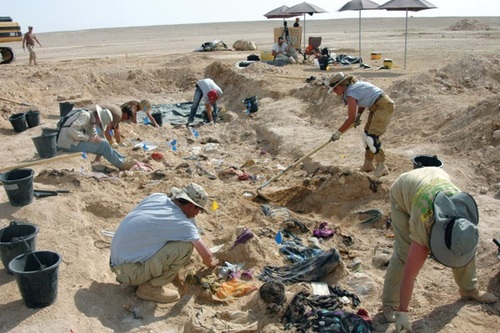
Eighth Stage of Anfal:
This stage began on August 25, 1988, for Badinan and ended on September 6, 1988.
The Anfal period included the following areas: Duhok, Mosul, Amedi, Atrush, Eminke, Batufa, Zakho, Zaweta, Zewa, Derelok, and Kani Masi.
This time 448 villages were destroyed and 13361 people were arrested and disappeared. However, some sources estimate that 32000 people were arrested.
On August 28, 1988, Ba'ath forces shot dead 33 civilians in the village of Kureme.
More than 200000 soldiers participated in the eighth stage of the attack, along with a large number of Kurds (helping Ba'ath forces), numbering 171 soldiers. More than 100 military units, tank, and artillery battalions, Mughawiri units, and special forces also participated in the campaign.
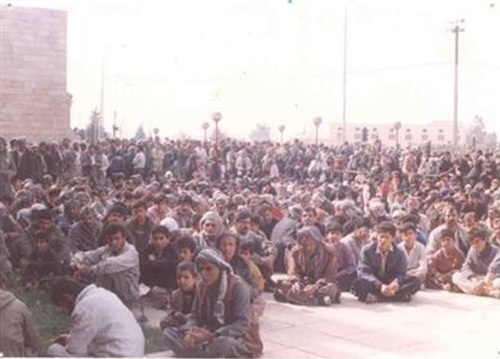
The Supreme Criminal Court began its first hearing on Monday, August 21, 2006.
The main Anfal suspects who were tried were the following seven people:
- Saddam Hussein, who was executed on December 30, 2006, for the crime of Ad Dujayl, but was not tried on charges of Anfal.
- Ali Hassan Majid (Chemical Ali) who was executed on January 25, 2010, on charges of Anfal.
- Sabir Abdulaziz Hussein Ali al-Duri (three life sentences and 10 years in prison)
- Hussein Rashid Mohammed Arab al-Tkriti (four death sentences and seven years in prison)
- Sultan Hashim Ahmad Mohammed (four death sentences, two life sentences, fifteen years in prison, ten years in prison, seven years in prison, seven years in prison)
- Farhan Mutlag Saleh Khalaf al-Jabury (two life sentences and 10 years in prison)
- Tahir Tawfiq al-Haj Yousef al-Ani (acquitted)
Although it is said that a total of 182000 Kurds were killed, some sources say this is much more. For example, Nizar Abdulkarim Faisal al-Khazraji, then commander of the Allahu Akbar force, told the Danish authorities when he applied for asylum: "I tell you, the number of Kurdish victims in the Anfal operations is more than 250000."
In June 2007, the Iraqi Supreme Criminal Court declared the Anfal genocide and ruled that the Iraqi government should provide financial and moral support to the families of the victims.
The Iraqi parliament also declared the Anfal genocide on April 14, 2008, and in 2017 decided to make April 14 a national day to commemorate the tragedy.
Globally, only Norway (2012), Sweden (2012), the UK (2013), and South Korea (2013) have recognized the Anfal operation as genocide.

Searching for the bodies of Anfal victims:
As of August 2020, the bodies of 2672 Anfal victims have been found, some of them in the following places:
In 2004, the bodies of 30 Anfal victims were found in Halabja.
In 2008, the bodies of 33 Anfal victims were found in Khanaqin.
In 2010, the bodies of 30 Anfal victims were found in Duhok.
In 2011, the bodies of 106 Anfal victims were found in Dubz.
In 2012, six mass graves containing 730 bodies were discovered in Diwaniya.
In 2013, the bodies of 158 Anfal victims were found in Mount Hamrin.
In 2014, the bodies of 14 Anfal victims were found in Duhok.

Resources:
1. Encyclopedia of Anfal Prepared by: Dersim Dibageyi
2. Qonaxên Enfalê û komkujkirina Kurdan li Başûrê... | Rûdaw.net (rudaw.net)
3. What was the purpose of the Anfal campaign? How did the Iraqi government recognize it as genocide? (zamenpress.com)
4. Anfal campaign - Wikipedia, the free encyclopedia (wikipedia.org)
5. Komalkozhy-Barzaniyakan (anfalistan.com)
6. Anfal, Concepts, and Stages (knwe.org)

